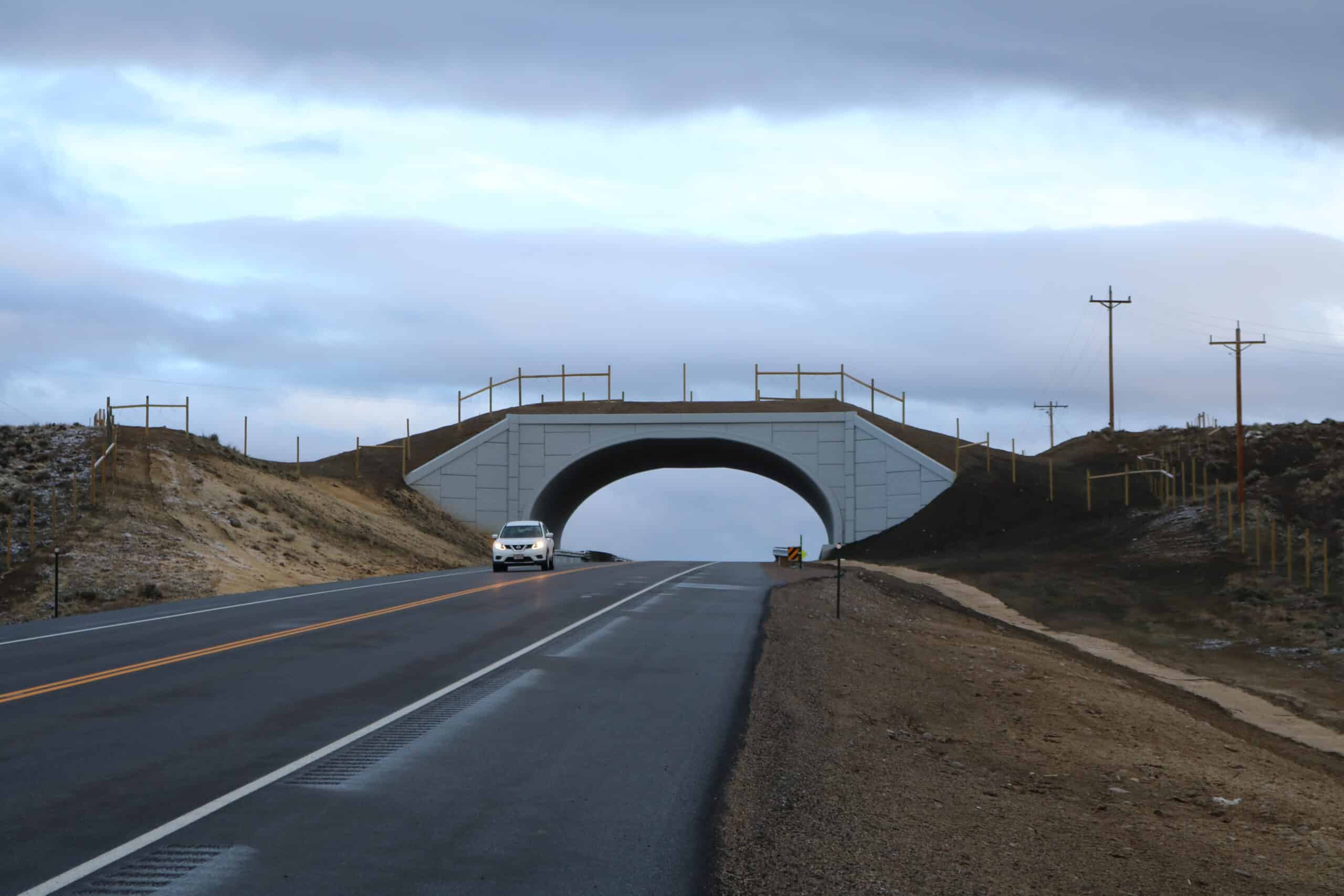Share this article
Including connectivity in environmental assessments for projects
Scientists provide a framework for including habitat connectivity into environmental impact assessments
Throughout the world, environmental impact assessments are often used to gauge how potential new projects may affect the environment. But those assessments often ignore one crucial element—how projects might affect connectivity on the landscape.
“Connectivity is one of the most important considerations in terms of reducing the impacts of development projects on biodiversity,” said Charla Patterson, a sustainable development and environmental specialist at Société Les Ponts Jaques Cartier et Champlain Inc., a Canadian federal governmental organization located in Quebec.
Patterson is the lead author of an article published in the journal Impact Assessment and Project Appraisal looking at five case studies of the consideration of connectivity in the environmental assessment process of these projects. It stemmed from work she had done for her master’s project at Concordia University in Montreal and presented at an international conference.
“While habitat loss still is the most important threat to biodiversity, the connectivity of the remaining habitat patches also needs to be considered,” said Jochen Jaeger, Patterson’s advisor and associate professor at Concordia University. “If connectivity is eroded, then the animals cannot move to all the places they need to access food, other resources and potential mates, because the landscape is more and more fragmented into smaller fragments, or little pieces,” Jaeger said.

Guidance from examples
Patterson’s paper looked at five case studies: a British Columbia pipeline project, Parks Canada park management plans, a runway addition at Heathrow Airport in London, a railway expansion in northern Sweden, and a highway upgrade in Spain.
The team found that connectivity was studied using an interesting diversity of approaches. The Heathrow runway expansion, for example, had in-house expertise on connectivity in the consulting company conducting the work. The Sweden railway project was required by the government to assess connectivity impacts in a protected area.
The case studies showed them that the consideration of connectivity should be based on sound scientific knowledge, like ecological characteristics and the movement behavior of the species of interest, that it should consider multiple scales of analysis, and that thinking about connectivity early in the assessment benefits the process.
“We really do need guidance on how to do this well, for what kinds of projects it should be done and what methods should be applied,” Patterson said.

Even in countries where connectivity assessments are required, how to conduct them isn’t always clear. “Guidance documents can support practitioners in doing connectivity analysis properly while including the combined impacts of all the other projects that are undertaken in the same geographical area, because all of them together will affect connectivity,” she said.
One way of doing this is top-down, with governments providing a supportive legal framework. The other is bottom-up, led by knowledgeable practitioners who use advanced methods for an improved the consideration of ecological connectivity, which has been the approach used in the case studies.
The team recommends a four-step process: creating guidelines, including connectivity in legal requirements and regulations, improving cumulative impact assessments, and integrating wildlife movement corridors within other land use planning processes
Better consideration of connectivity before the projects are implemented is easier and more effective than trying to fix connectivity issues after the fact by restoring corridors and putting up wildlife fencing and road crossings along existing roads.
“The purpose of all our work was to provide a portrait of what the situation is for connectivity consideration right now globally,” said Patterson, who is also first author on another paper in the same special issue. “Which countries are doing it? What triggered the assessment of connectivity? What does it look like when it’s done well? We now have a baseline to figure out where to go from here. We wanted to make sure we weren’t just critiquing the assessment process but also provide ways to move forward through good examples.”
Header Image: A wildlife overpass on Colorado State Highway 9 in Grand County. Researchers recently highlighted the importance of including connectivity in environmental impact assessments. Credit: Jeffrey Beall








